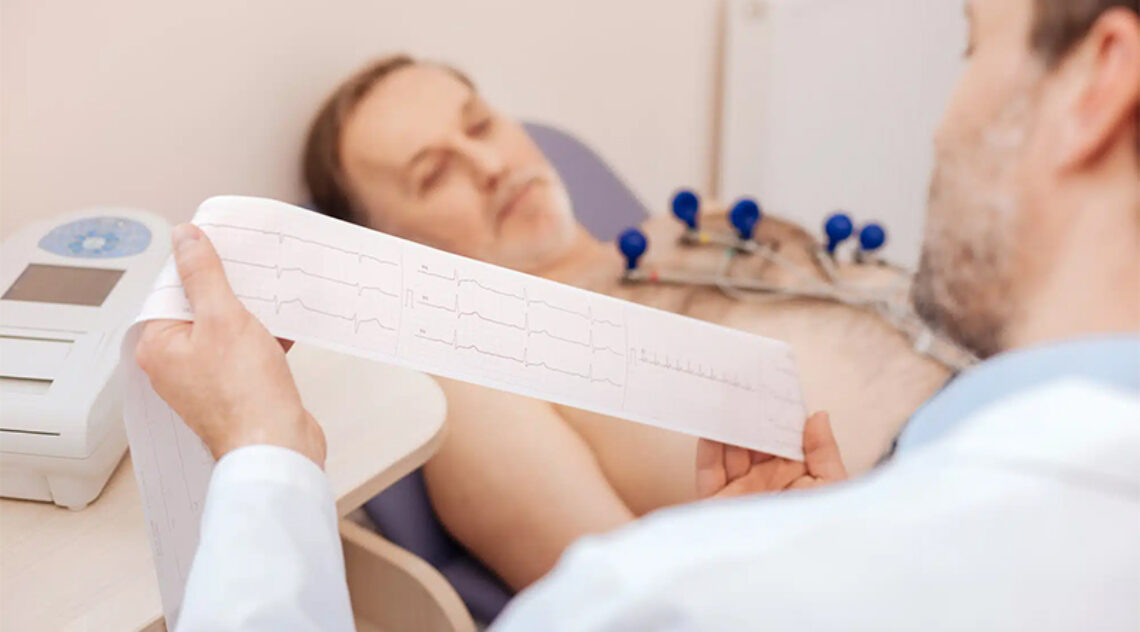
An artificial intelligence (AI) based on a new algorithm can diagnose heart problems “better” than a cardiologist, according to a new study of 100 patients. It is the recent study carried out by the University of Seoul, discussed in a congress of the Italian Society of Cardiology (SIC), according to which the new AI model succeeds, with a accuracy of 98.7%, in detecting a severe myocardial infarction, STEMI, from a standard ECG.
Devices for detecting cardiac problems
Nowadays, there are some technological products capable of performing an ECG, but none of these are considered a full-fledged medical device by the medical community. To give an example, we can look at the Apple smartwatch (now in the 9 series), which has on board since version 6 a sensor that allows you to perform a level 1 ECG by placing your finger on the digital crown.
To be considered reliable, an ECG, a graphic reproduction of the electrical activity of the heart, must be made up of all 12 of its derivations, but the devices currently in circulation are only able to provide a partial overview of the same.
The incidence of heart attacks in Italy
Unfortunately, every year 120,000 Italians suffer a heart attack and, of these, 25,000 die before reaching the emergency room. Ciro Indolfi, President of the Italian Federation of Cardiology and Full Professor at the Magna Grecia University of Catanzaro, explains that when a patient with chest pain activates the 118 emergency system, he is It is of fundamental importance to carry out an ECG within 10 minutes of the first medical contact to identify especially subjects with severe heart attack, known as STEMI (acute myocardial infarction associated with ST-segment elevation), caused by a complete coronary occlusion, who benefit from an angioplasty and an urgent stent.
Very important information but not visible to the human eye is: the function of the left ventricle, the heart rhythm (measurable with current smartwatches) and the presence of a pericardial effusion starting from a simple ECG”. Again according to Professor Indolfi, “it will be enough to photograph the ECG of a patient with chest pain with a smartphone to obtain the diagnosis of a heart attack and its severity”.